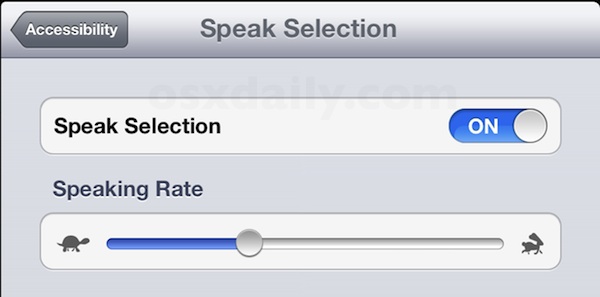What do you do when your startup gets off to an OK start but not a
great one? Hunker down and figure out ways to lure users? Or sweep all
the junk off the desktop and start over?
You start over, of course. It’s also known as “the pivot.” The
overheated Internet space is based on catching lightning, and if the
skies aren’t tossing bolts, you pick up your rod and head for another
field. In a tech environment
where you can go from pivot to a billion dollars in barely a year, perseverance is lunacy.
That was the reality facing
Socialeyes, a startup co-founded by
Rob Glaser (former CEO of Real Networks) and Rob Williams (the one-time Microsoft wizard involved in numerous startups, including
Avogadro). The
company’s idea to deliver persistent video connections between friends
and workers wasn’t breaking out. “A VC looks for home runs,” says
Williams. “We didn’t have that.”
“We’d raised $5 million [from Ignition Ventures],” says Glaser. “We could stick it out, or hard pivot.”
They chose to seek the lightning. Glaser came up with a new
idea: Putting muscle into the phone call, or “reimagining telephony,” as
he puts it. And Socialeyes adopted a new name, too — Sidecar.
 |
| In the middle of a phone call, you can use Sidecar to share collaborative data -- like a point on a map. Image: Sidecar |
Along with the new idea, embodied in a free app available today for
iOS and
Android,
comes a compelling pitch: “In smartphones, all the innovation so far
has been in data,” says Williams. “We want to let you use the
capabilities of your phone into the calling experience.”
Sidecar actually offers two kinds of service to its users. First of
all, it’s an alternative to actually paying for phone calls. Sidecar
VOIP calls are free. This works not only when Sidecar users call others
signed up for the no-cost service, but when they use Sidecar to call
anyone in the United States or Canada.
The second, and flashier, service is dubbed Smart Calling, a
collection of tasks that you can perform during a call. The home screen
highlights these features in a circle arrangement that vaguely evokes an
old-school dial phone.
Now here’s the coolest part. The flagship task — and the one that
owes the most to video roots of Socialeyes — is See What I See. It’s a
live-streaming, real-time video feature in the early stages of an
ascendency that will
ultimately change what we watch. Sidecar understands that while FaceTime is cool,
it’s much more interesting
for people to share their surroundings than unflattering views of their
own sorry faces. So the See What I See feature offers streaming video
from the camera on the
back of the phone. (Users might want to
restrict heavy use to the times when they’re on Wi-Fi — streaming video
can rack up data charges.)
Picturephones
never worked because the reality of two people on a phone call looking
at each other is a vanity-killing, awkward proposition. But borrowing
someone’s eyes at a given moment is another matter entirely. The
possibilities of letting people share their visual points of view are
endless. And if users really want to use the front camera for
face-to-face video calls, Sidecar allows that, too.
See What I See is similar to a feature offered by another pivoting startup,
Color, but the difference — the key difference as far as Sidecar is concerned — is that Sidecar does it within a phone call.
In part to punt on privacy issues, See What I See can’t be recorded.
The recipient can choose to capture a still frame from the stream.
The other features offered on launch are photo-sharing, contacts and
maps, all tasks that offer obvious benefit two people who need to share
information during a call. In addition, Sidecar provides something
called Whisper Text, which is like SMS inside of a phone call. You can
use Whisper Text for those not-rare-enough moments when you can’t make
out what the other person saying during a mobile call.
Expect other features to come later. The current ones were only the
top choices in Sidecar’s list of 10 that may work (the one directly
beneath the bubble was shared browsing). The trick is not to simply
implement collaborative tasks, but to choose features that organically
enhance a phone call. Sidecar has a rough measure of where to draw the
line: “The moment the person has to use two hands on the phone, it’s not
for a phone call,” says Williams.
Sidecar, available on iOS and Android, is free. Glaser says that, in
true start-up fashion, the company will sweat revenue-generation issues
later on. Possibilities include offering premium services, or licensing
core technology. “If you have tens of millions of users,” he says,
“there ought to be a way to monetize them.”
But first you have to get those millions to sign up — and then sign
up their friends. Will smartphone users get excited about stuff they can
do while making actual phone calls? Sidecar will find out. If all goes
well, no need to re-pivot.
To see Sidecar in action, watch the video below.











































